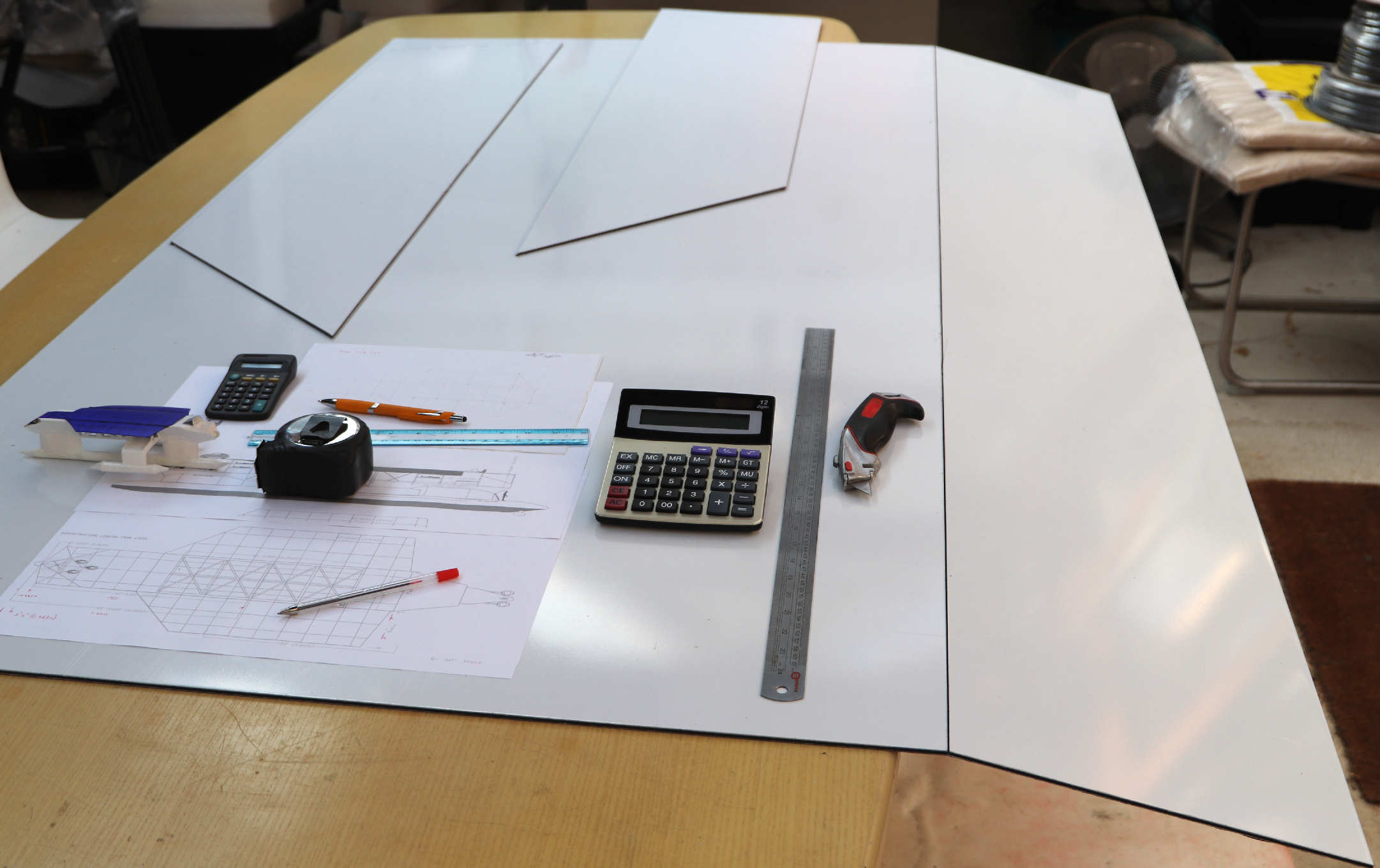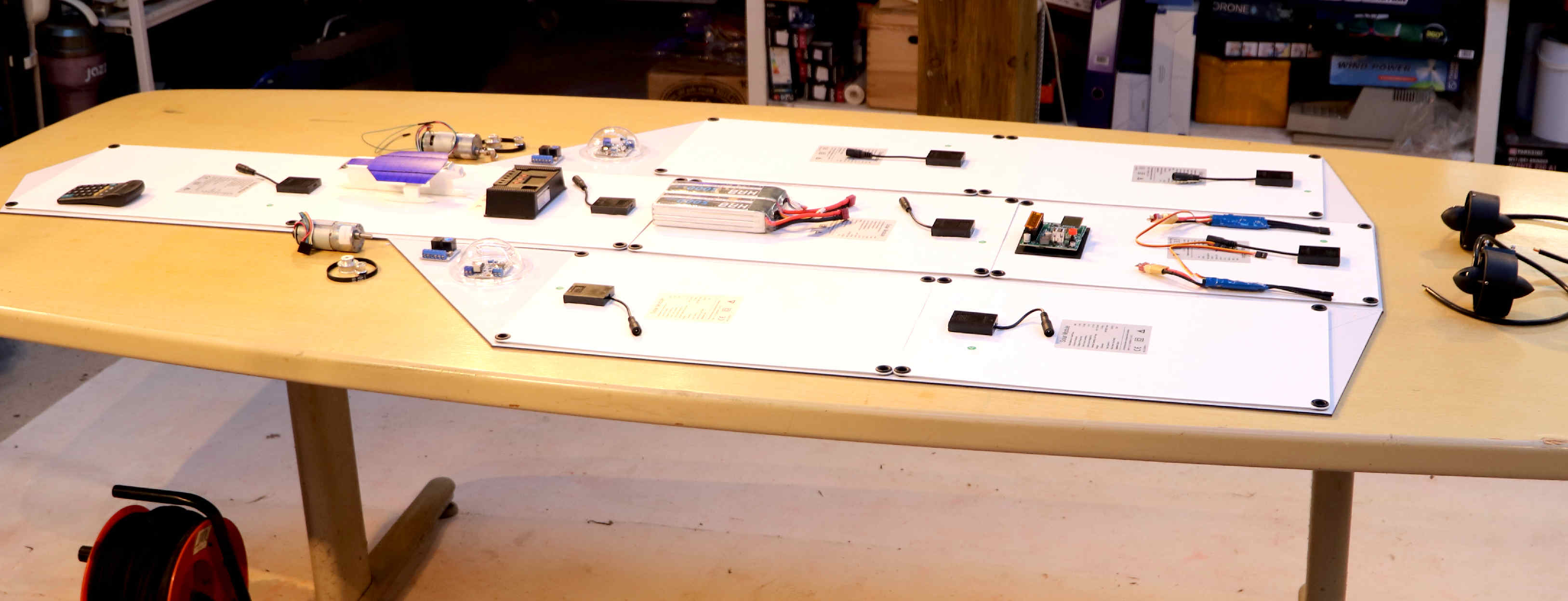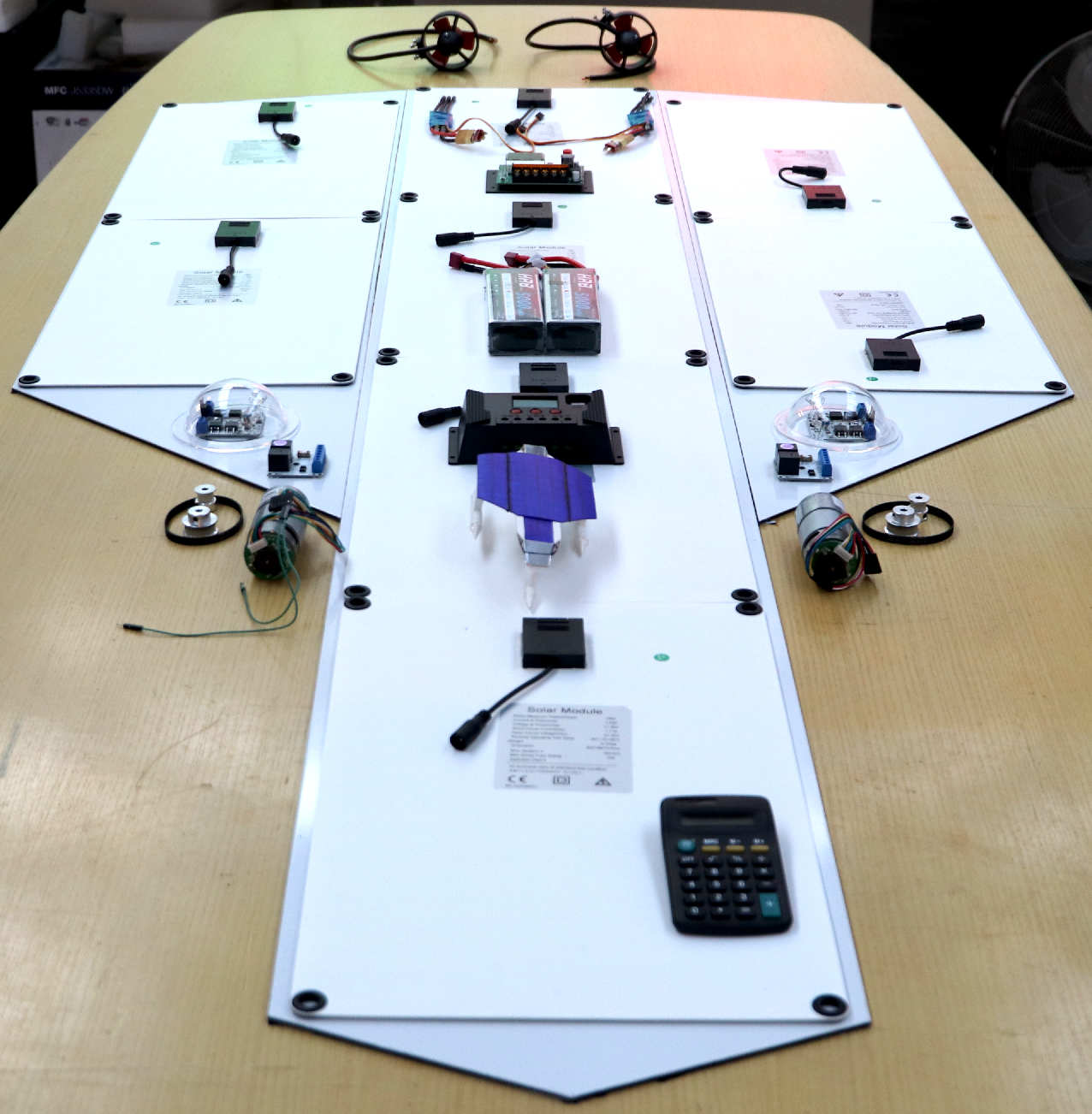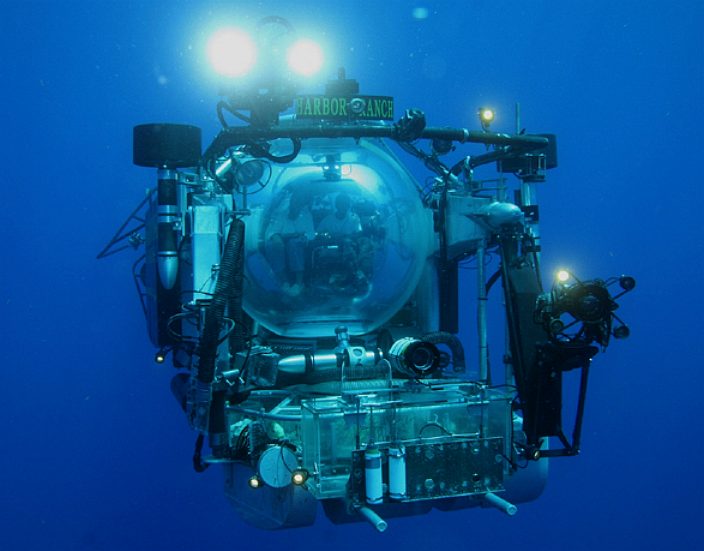These
are some of the main components of the 1:20 scale Elizabeth
Swan technology demonstrator. We applied for part funding
for this project from the Dti's marine technology
competition. But, they said they were concerned about
cleaning of the panels of salt caking at sea, as applied to
ships. We have solved that problem, and were prepared to
share that information in return for helping us with
development costs. We considered the automatic furling and
sun tracking to be an important feature for applications
like cargo ships, cruise liners and ferries - not so the UK
government. But then, we suppose that most governments
around the world are in a pickle. Looking for ways to power
ships to meet with the IMO's zero targets for 2100 without
much modification of hulls and decks. The target for 2030 is
a 40% reduction in GHG emissions. The Elizabeth Swann is a
clean-sheet-of-paper design. Not flavour of the month with
fleet operators, as well we appreciate. But then progress is
sometimes financially painful. In the commercial world it is
all about profits. Now, the planet gets a look in, but still
has to wait for existing ships to depreciate. We have
suggested a scrappage scheme is applied to induce ship
operators to change out hulls earlier, as was applied to
cars some years ago.
INTERNATIONAL
MARITIME ORGANIZATION (IMO)
- NET ZERO TARGETS
Under their identified “levels of ambition”, the
IMOs initial Green
House Gas (GHG) strategy envisages, a reduction in carbon intensity of international shipping (to reduce
CO2 emissions per transport work, as an average across international shipping, by at least:
40% by
2030, pursuing efforts towards
50% by
2040, and that total annual GHG emissions from international shipping should be reduced by at least
70% by 2050
and then
100%
by 2100 ( compared to
2008 levels)
We
should not be complacent about the looming 2030 target. It
is very easy to put things off; oh it will be okay if we
leave it another couple of years. Somebody else will come up
with the solution. Really! If that was true the EU (Horizon
Europe) and UK would not be pumping billions of Euros
into ZEWT
research. As we have amply demonstrated over more than three
years joining consortiums and making applications for RI
funding, SMEs do not get a look in on the large sums of
money being gifted to large corporations. Hence, the speed
of clean shipping development rests on big shipping concerns
and the universities, who work for those concerns.
We
imagine that huge fines will be imposed, and possibly ship
confiscations in ports, in the event of persistent
offenders. At that point, you can imagine a mad scramble to
buy clean replacements. But, why leave it that late, and why
put your cargo and transport business at risk.
If
we can do it on a shoestring budget, the professionals can
easily change over to zero emission technology. It may even
be cheaper in the long run, with reduced fuel costs. Imagine
that. Goods being delivered for less. It is probable that
once fossil fuels are phased out, cars, homes and factories
will be cheaper to operate. It should represent a giant leap
in the direction of world peace. With food
security next on the list of problems to be solved.
Perhaps, with ZEVs, the oceans will be less
acid, and fish
stocks might slowly recover.

We
used a sheet of aluminium sandwich, with dense foam core,
that is conveniently white on both sides. One 8' x 4' feet
sheet was sufficient. The supplier was amazingly fast in
delivering - should we need any more. Cutting this material
takes a bit of getting used to. You'll need a large worktop
or table. The aluminium is scored multiple times with a
sharp steel blade, as in a Stanley, or other similar make of
knife. It is better to work from one side only. Once through
the first skin. apply downwards pressure to cut through the
interlayer, and score the underside of the other alloy skin.
Then bend, and the sheet will part cleanly. Be careful
though, our tutor cut himself on the sharp alloy edges. And
Stanley knives are very dangerous if misused. Wearing
protective gloves is a good idea.

With
the three main parts cut: 2 x wings and 1 x deck area, we
laid out the solar panels and other electronic and
electrical parts to simulate the position on the completed
model. Most satisfying - it all fits. In fact, the design
had to be modified to allow fitment of standard size 18 volt
solar panels. These are mostly used on cars and mobile homes
to charge laptops and power TVs. The solar panels charge two
lithium batteries, via a charge controller. In this picture
you can also see the motors that rotate the solar wings to
face the sun, and the sensors that measure the angle of
insolation (incoming solar radiation), to switch the motors
on and off, as required for tracking purposes. You can also
see the thrusters and speed controllers on the far right. As
you may notice, we've shoehorned 8 x 18 watt solar panels
onto the active deck area, for a total of 144 watts. Meaning
a cruising power of roughly 65 watts 24/7.
Fortunately,
our directors were able to stretch to the purchase of the
above components, by way of trustees loans to the
Foundation. In addition, another charitable Trust felt
compelled to provide workshop space and cover the operational
overheads. Lastly, a local model maker agreed to tutor home
schooled students, without charge. This saved the Foundation
approximately £16k. We'll still need to find funding for
transport and events - as part of the ocean and climate
awareness campaign.
We
might be able to modify the stand used for SeaVax
exhibitions - and that will save more money. Imagine the
development cost if this was an MOD
project.

A
view of the main solar harvesting, tracking, and motor
propulsion components, with the vessel cruising toward you.
We have already had to modify the design, increasing the length
by nearly four meters, over the full size vessel (pro rata).
Hence this special effects model is around 2.4 meters long.
The full size vessel is just under 48 meters. The original
design is 44 meters.
THE
MAIN COMPONENTS OF THE ELIZABETH SWANN
Hull. The hull of any water vessel is the most
important part of the boat or ship, onto which is attached
the thrusters and rudders or other directional controls. It is the most important part of any design.
Superstructure.
This frame and cabins, provides a structure to attach the
solar wings, camera, lights, and other components of our
model.
Thrusters. The thrusters are electrically or hydraulically powered propellers used to maneuver the vehicle. There are almost always multiple thrusters to provide movement in multiple directions.
Solar
Wings. As this model is powered with free energy from
nature, it is autonomous, not needing shore based charging,
or fossil
fuels. Moveable wings allow the solar panels to change
position to face the sun while on the go, so harvesting more free energy
than a ship with fixed deck panels - making it faster. In addition, having
wings that fold, makes the model, and full size ship, safer
in stormy conditions. Testing in winds will be one of a group of experiments, in a specially equipped test tank.
Pilot Controls. The surface controls can range from something that looks like the control room for a spaceship to something as simple as a
smartphone, or an Xbox game controller. The surface controls provide a physical interface for the pilot to control the vehicle and a display of feedback from the vehicle including the camera view.
Camera. Since the vehicle travels over the water, and
to be able to record performance or provide media streaming,
we are including an onboard camera, which must be able to provide an image with low-latency.
Lights. The lights provide illumination for the camera
(hence operator) to see in reduced light conditions.

ROVs
or UUVs - Are generally smaller unmanned underwater vessels,
than their crewed counterparts,
without life support, making them cheaper to build and
operate. Much of the technology of these large submersibles
is shared with the Elizabeth Swann.

